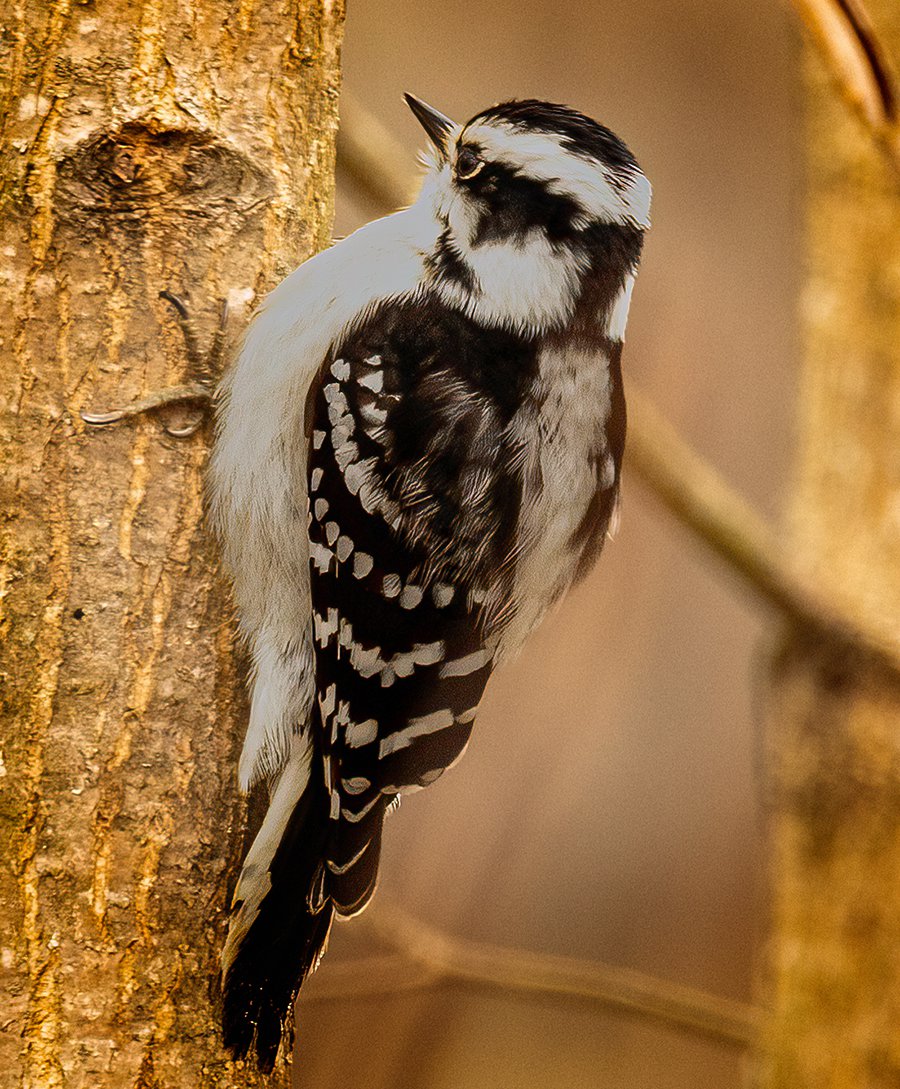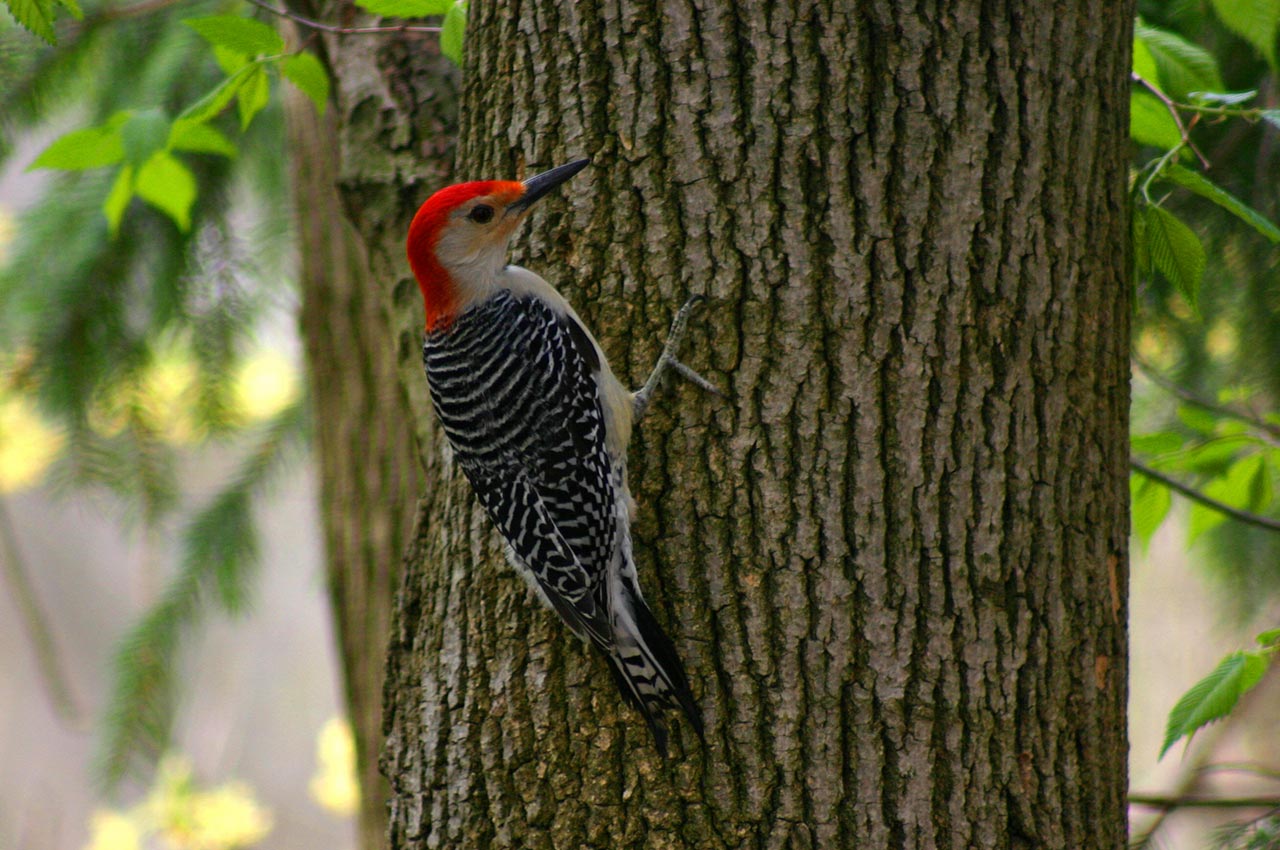Woodpeckers in Florida: Nature, Ecology, and Conservation
Woodpeckers in Florida: Nature, Ecology, and Conservation
Blog Article
Discover the Fascinating World of Woodpeckers: Everything You Required to Know
The world of woodpeckers is a world full of special actions, complex adaptations, and a diverse selection of types. From their environments and circulation patterns to their feeding behaviors and specialized anatomical attributes, woodpeckers have long captivated the rate of interest of ornithologists and nature lovers alike. Comprehending the complexities of these fascinating birds supplies a look right into the complicated interaction between their biology and the setting. As we explore the globe of woodpeckers further, we discover a wide range of info that clarifies their relevance in ecological communities and the difficulties they deal with in an ever-changing world.
Woodpecker Habitats and Distribution
Woodpeckers occupy a diverse variety of environments worldwide, showcasing adaptability in their circulation patterns. These durable birds are located in woodlands, timberlands, savannas, and deserts across different continents, showing their capability to grow in different climatic conditions. In The United States and Canada, as an example, woodpeckers can be detected in both coniferous and deciduous forests, using their strong beaks to forage for pests and develop nesting cavities in trees. In Africa, certain woodpecker species have actually adjusted to dry atmospheres, such as the acacia forests, where they play an important role in controlling insect populations.

Feeding Behaviors and Diet Regimen
Among the different elements of their behavior, woodpeckers show distinctive feeding practices and nutritional choices. These birds are largely insectivores, with a diet that includes ants, beetles, caterpillars, and other insects discovered in trees. Woodpeckers use their strong beaks to pierce right into the bark of trees, probing for bugs and larvae hidden below the surface area. In enhancement to bugs, woodpeckers additionally eat nuts, seeds, fruits, and sap. Some varieties have actually specialized tongues with barbed ideas that assist them extract pests from gaps in timber.
Woodpeckers are recognized for their drumming behavior, which serves not just to communicate with various other woodpeckers but also to locate food. The quick drumming noise is developed by the bird pecking on powerful surfaces like dead trees or metal poles. This habits can attract pests concealed in the timber, allowing the woodpecker to find their presence and feed upon them.
Distinct Adjustments for Tree Climbing
In like this their adept search of pests concealed within tree bark, woodpeckers have developed amazing physiological functions that equip them with unique adaptations for effective tree climbing. Woodpeckers have strong neck muscles and an one-of-a-kind head structure that absorb the impact of constant pecking, enabling them to climb up up and down without creating damage to their minds. These adaptations display the amazing transformative design that allows woodpeckers to navigate trees with precision and effectiveness.
Diverse Woodpecker Types Worldwide
With over 200 different varieties spread out throughout various environments worldwide, the family members of Picidae encompasses an exceptional diversity of woodpeckers. These birds can be found in woodlands, timberlands, savannas, and even urban areas, showcasing their flexibility to different atmospheres. From the legendary Northern Flicker in The United States And Canada to the vibrant and elusive Crimson-backed Flameback in Asia, each woodpecker species exhibits useful site unique features in regards to plumage, actions, and habitat preference.
Woodpeckers differ greatly in dimension, with the diminutive Downy Woodpecker gauging around 6-7 inches in length, while the effective Lineated Woodpecker can reach up Check This Out to 17 inches - Woodpeckers in Florida. Their beaks also can be found in various forms and sizes, showing their feeding habits. Some species specialize in drawing out pests from tree bark, like the Acorn Woodpecker, while others, such as the Black-cheeked Woodpecker, feed on fruits and seeds

Conservation Initiatives and Obstacles
Conservation initiatives for woodpecker populations are critical in mitigating the effect of environment loss and other hazards facing these diverse avian types. Woodpeckers encounter numerous difficulties to their survival, mostly due to logging, urbanization, climate change, and intrusive varieties. To resolve these concerns, conservation initiatives concentrate on securing and restoring woodpecker habitats, executing sustainable forestry practices, and elevating recognition about the value of these birds in ecosystems.
One substantial obstacle in woodpecker preservation is the fragmentation of their environments, causing isolated populations that are extra at risk to termination - Woodpeckers in Florida. Preservationists work to create wild animals passages and protected areas that link these fragmented environments, permitting woodpeckers to relocate in between various locations for feeding, breeding, and shelter

Verdict
In verdict, woodpeckers are interesting birds with distinct adaptations for tree climbing and feeding behaviors. Additional study and conservation actions are needed to make certain the survival of woodpeckers in the wild.
Report this page